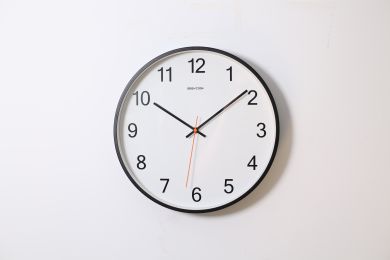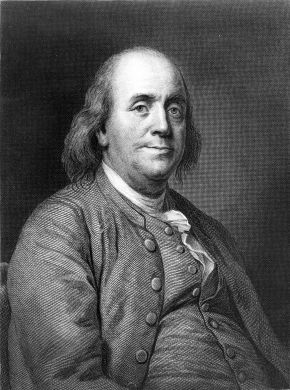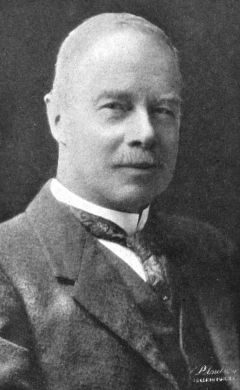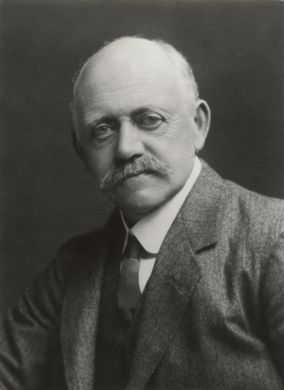Do you know the connection between the time change and Lighting?

Once again, we are just days away from the Daylight Saving Time changeover. But do you know why we advance or delay our clocks twice a year? This habit is related to the use of sunlight. In today's article we will find out a little more about the time change and its connection to Lighting.
The habit of changing the weather according to the behavior of the Sun is already old. The Romans, for example, kept track of time so that it continually adjusted to the Sun. Currently, around 70 countries around the world change their time seasonally.
In 1784, Benjamin Franklin realized that much of the natural light present during the early morning was "wasted" while people slept. At the same time, they were awake several hours after sunset, which implied a lot of costs to light their rooms with candles, the only lighting available at the time. Thus, Benjamin Franklin concluded that it was possible to save very significantly on candle wax by putting the clocks forward in the summer. He then published in the Journal of Paris an essay entitled "Economical Project for Diminishing the Cost of Light" where he demonstrated that delaying the nightfall would reduce the consumption of candles in homes, workshops and offices. In Paris alone, according to his calculations, it would be possible to save 96 million livres tournois (the French currency at the time).
Thus, the first time the time change was conceived was in order to obtain savings in the costs associated with the lighting of the time, the candles.
The habit of changing the weather according to the behavior of the Sun is already old. The Romans, for example, kept track of time so that it continually adjusted to the Sun. Currently, around 70 countries around the world change their time seasonally.
In 1784, Benjamin Franklin realized that much of the natural light present during the early morning was "wasted" while people slept. At the same time, they were awake several hours after sunset, which implied a lot of costs to light their rooms with candles, the only lighting available at the time. Thus, Benjamin Franklin concluded that it was possible to save very significantly on candle wax by putting the clocks forward in the summer. He then published in the Journal of Paris an essay entitled "Economical Project for Diminishing the Cost of Light" where he demonstrated that delaying the nightfall would reduce the consumption of candles in homes, workshops and offices. In Paris alone, according to his calculations, it would be possible to save 96 million livres tournois (the French currency at the time).
Thus, the first time the time change was conceived was in order to obtain savings in the costs associated with the lighting of the time, the candles.

Later, in 1895, New Zealand scientist George Hudson presented a thesis to the Philosophical Society of Wellington, where he idealized daylight saving time as we know it today, but with a 2-hour adjustment to have more hours of sun after work to hunt insects. in the summer. It was initially derided, however, when in 1927 New Zealand adopted the system, Hudson received a medal.

Englishman William Willett led a campaign with the British Parliament to implement daylight saving time. He published the brochure “The Waste of Daylight” in 1907, which stated that the UK should advance its clocks by 80 minutes between April and October so that more people could enjoy the abundant sunlight. Year after year, however, the British Parliament refused the measure multiple times and Willett died in 1915 without ever having seen his idea come to fruition.

During the 1st World War, in the middle of the coal and electricity era, this measure was adopted with the aim of helping the military effort, which required a strategy that allowed energy savings. In 1916, two years after the start of World War I, the German government was the first to implement Willet's idea. England and almost every other country that fought in World War I followed suit, as did the United States in 1918. The same process was repeated later in World War II, as the scarce resources of the countries that entered these conflicts , asked for fuel savings and changing the time was a precious help in that regard.
Later, the severe oil crisis in 1973 made Benjamin Franklin's idea of saving energy resurface. The time change eventually became a European directive in 1981.
The time change is considered to have a positive impact on the economy, with several sectors, such as retail and tourism, benefiting from the extra hour of light on summer afternoons.
Later, the severe oil crisis in 1973 made Benjamin Franklin's idea of saving energy resurface. The time change eventually became a European directive in 1981.
The time change is considered to have a positive impact on the economy, with several sectors, such as retail and tourism, benefiting from the extra hour of light on summer afternoons.

However, the time change is controversial and there are some industries that are negatively impacted by this change, such as the Agriculture sector. Several criticize the problems that this change generates, at a personal and business level.
In 2018, the European Commission presented a proposal to end winter and summer time. However, it was concluded that it is up to each Member State to decide. Portugal, for example, demonstrated the objective of maintaining the seasonal change, based on a recommendation from the report carried out by the Astronomical Observatory of Lisbon (OAL), of August 2018.
In fact, as a general rule, whether or not to opt for the time change is a matter of geography. The further you are from the Equator, the more drastic the Seasons will be. The upper and lower parts of the globe receive more or less sunlight at different times of the year, making the loss of daylight hours more evident. In the middle portions of the planet, the amount of sun is approximately the same throughout the year, making the seasons milder and there is less need to make adjustments to maximize daylight.
Did you already know the origin of the time change? Tell us what you think!
In 2018, the European Commission presented a proposal to end winter and summer time. However, it was concluded that it is up to each Member State to decide. Portugal, for example, demonstrated the objective of maintaining the seasonal change, based on a recommendation from the report carried out by the Astronomical Observatory of Lisbon (OAL), of August 2018.
In fact, as a general rule, whether or not to opt for the time change is a matter of geography. The further you are from the Equator, the more drastic the Seasons will be. The upper and lower parts of the globe receive more or less sunlight at different times of the year, making the loss of daylight hours more evident. In the middle portions of the planet, the amount of sun is approximately the same throughout the year, making the seasons milder and there is less need to make adjustments to maximize daylight.
Did you already know the origin of the time change? Tell us what you think!